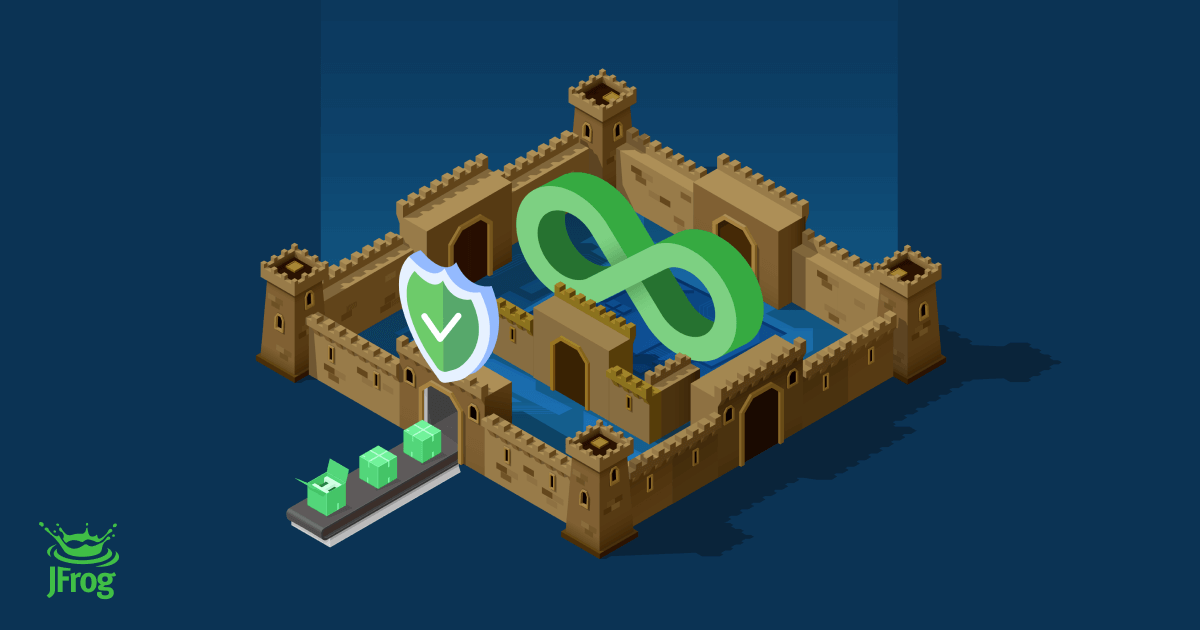Definition
Cloud Security Posture Management (CSPM) is a set of security tools and practices designed to help organizations protect their cloud infrastructure by mitigating risks associated with misconfigurations, compliance violations, and other vulnerabilities within cloud environments.
Overview of CSPM
CSPM plays an important role in allowing organizations to manage cloud security risks proactively by mitigating them before threat actors have a chance to exploit them.
Common examples of risks that a CSPM tool could uncover include:
- Insecure cloud services: CSPM tools can help detect the use of outdated or insecure versions of a cloud service.
- Lack of encryption: CSPM will typically identify resources that aren’t encrypted but should be – such as a configuration setting for an object storage service that doesn’t encrypt data by default.
- Insecure network settings: With CSPM, you can detect cloud networking rules that expose sensitive resources directly to the Internet.
Benefits of CSPM
While CSPM can be valuable in any type of cloud environment, it’s especially important in larger-scale environments, such as those that include multiple cloud services or large numbers of users. This is because the larger and more complex a cloud environment is, the less feasible it becomes for admins to detect all relevant security risks. CSPM helps by automatically scanning cloud infrastructure and service configurations, and then alerting admins about them.
How CSPM Works
CSPM solutions operate based on the following processes:
- CSPM tool deployment: Cloud admins connect their cloud environment to a CSPM tool, which continuously monitors cloud policy configurations.
- Continuous monitoring: Whenever a new policy is introduced or an existing policy is updated, the CSPM tool analyzes it to detect potential misconfigurations.
- Risk assessment: Based on preconfigured security rules and/or automated detection of configurations known to be risky, the CSPM tool alerts admins to potential security issues it discovers.
- Remediation guidance: In some cases, the CSPM tool might also provide guidance or recommendations on how to mitigate the issue, which helps accelerate the remediation process.
Because CSPM solutions can perform these tasks automatically, they make it possible to detect risks quickly and continuously, even in highly complex cloud environments.
CSPM & Complimentary Scanning, CASB and SIEM Solutions
Importantly, CSPM doesn’t address every type of security risk that may exist in the cloud. It focuses on security and compliance issues that stem from misconfigurations within cloud infrastructure and service settings. This means that CSPM tools would not detect some risks, such as:
- Vulnerable application code: Detection of these vulnerabilities requires application security scanning solutions like SAST and DAST tools, which detect vulnerabilities by scanning static applications and simulating malicious interactions with live applications.
- Insecure connections between cloud service providers and consumers: These risks are typically managed by Cloud Access Security Broker (CASB) software, as CASB tools are used to help secure connections to cloud-based resources.
- Active breaches: Detecting these requires cloud security monitoring tools, such as Security and Information Management (SIEM) solutions.
It is important to note that when we refer to CSPM protection against insecure cloud infrastructure configurations, we’re referring to configuration oversights or mistakes made by administrators and users when they set up cloud services or resources. Security for the underlying cloud infrastructure – meaning the physical servers and other infrastructure that powers the cloud – is managed by cloud service providers (CSPs) under the terms of the cloud shared responsibility model.
CSPs offer many configuration options, and they don’t automatically alert customers to insecure configurations. For this reason, it’s often the case that user-generated infrastructure configurations are not as secure as they should be. CSPM tools identify these risks, helping organizations that use the cloud to establish a strong overall cloud security posture – hence the term Cloud Security Posture Management.
Legacy vs. Next Generation CSPM Features
Since the first CSPM solutions were introduced a decade ago, cloud security challenges and techniques have evolved significantly and the CSPM landscape has changed along with them.
For that reason, it’s important to distinguish between “legacy” systems which solve well known issues, and the latest CSPM solutions, that are designed to provide solutions for today’s requirements. More recently introduced features and capabilities include:
- Dynamic risk assessment: The latest CSPM solutions let you detect misconfigurations based on dynamic risk assessment rather than static, preconfigured security policies. Dynamic risk assessment is valuable because it makes it possible for CSPM tools to identify emerging risks automatically, without waiting for admins to update detection rules.
- Remediation guidance: Today’s CSPM solutions provide remediation guidance in addition to alerting teams about risks. Remediation guidance helps admins to mitigate issues faster and more efficiently.
- Severity rating: The ability to prioritize risks based on severity level, which helps engineers determine which ones to address first, is a key feature of modern CSPM.
- Automated remediation: Contemporary CSPM provides automated remediation capabilities, which make it possible for CSPM tools to fix some types of risks on their own, without waiting for humans to respond.
- Broader coverage: Modern CSPM tools support newer or more complex types of cloud services – such as those that support AI – in addition to traditional services, like ones that provide cloud servers and object storage.
How CSPM Integrates with Other Security Tools
As mentioned, CSPM only handles certain types of cloud security risks. On its own, CSPM is not enough to protect cloud environments and workloads from all threats.
This means that CSPM solutions are most effective when deployed alongside other types of security tools, such as:
- Static Application Security Testing (SAST) solutions: SAST scanners detect vulnerabilities in application source code.
- Dynamic Application Security Testing (DAST) tools: DAST checks for security risks by simulating malicious interactions with running applications.
- Software Composition Analysis (SCA): SCA identifies risky third-party components within applications.
- Tools designed for securing containers: You need dedicated container security tools because containers pose specialized risks that conventional application security solutions don’t always address.
- Cloud Identity and Entitlement Management (CIEM) software: CIEM focuses on identifying risky identities and permissions within cloud environments (as opposed to risky cloud infrastructure and service configurations, which are the purview of CSPM).
- Data Loss Prevention (DLP) solutions: These identify sensitive data that may not be properly secured.
- Cloud security monitoring tools: The main purpose of cloud security monitoring software is identifying and helping to contain active breaches.
Used collectively, these solutions help to secure cloud environments at all layers and levels – from the underlying infrastructure and cloud service configurations, to workloads, to user access and permission settings.
Securing Cloud-Based Development with JFrog
By providing a central, secure platform for managing artifacts, binaries, container images, and other critical resources that organizations deploy to cloud environments, JFrog plays a key role in helping to ensure cloud security. When deployed in conjunction with CSPM tools that mitigate insecure cloud service configurations, JFrog helps enable a holistic approach to cloud security by protecting the applications and data that end up in the cloud.
A key part of the JFrog pla form is JFrog Runtime, which offers in-depth analysis of Kubernetes cluster environments for Security and DevOps. It also performs systematic monitoring of the Kubernetes cluster, accurately identifying workloads and containers, matching them with their corresponding processes and files, and mapping them to their locations within JFrog Artifactory, ensuring full binary traceability across the software supply chain
Continue to explore more about cloud security or see the platform in action by viewing our webinar, taking an online tour, scheduling a guided demo, or starting a free trial at your convenience.



